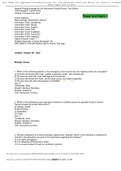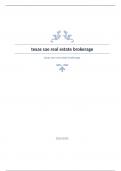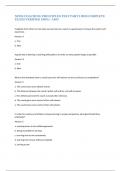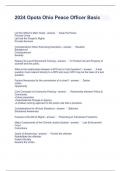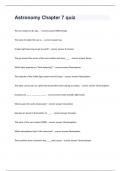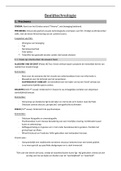Summary
Summary Geo-environmental science 124 notes (physical geography)
- Course
- Institution
Summary of all physical geography work covered in lectures as well as extra notes from the prescribed textbook. Summary includes all necessary images, graphs and tables. Please note these notes were made in 2018 and the course work covered may have changed slightly since then.
[Show more]




